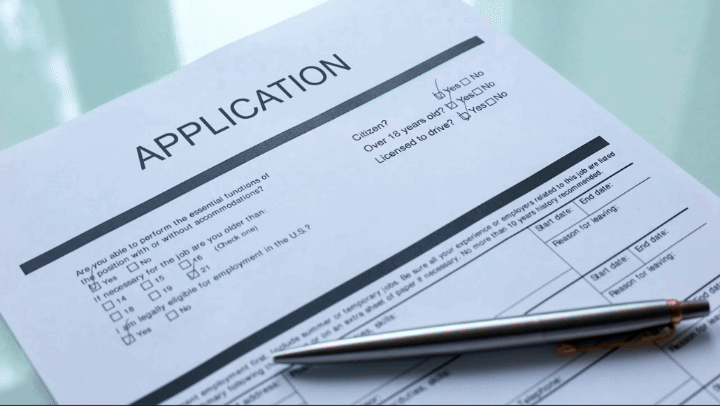
Artificial Intelligence
AI-designed proteins target toxins in deadly snake venom
The current way to produce antivenoms is outdated. In lab tests, AI-designed proteins could save mice from a lethal dose of snake toxin.
By Meghan Rosen










